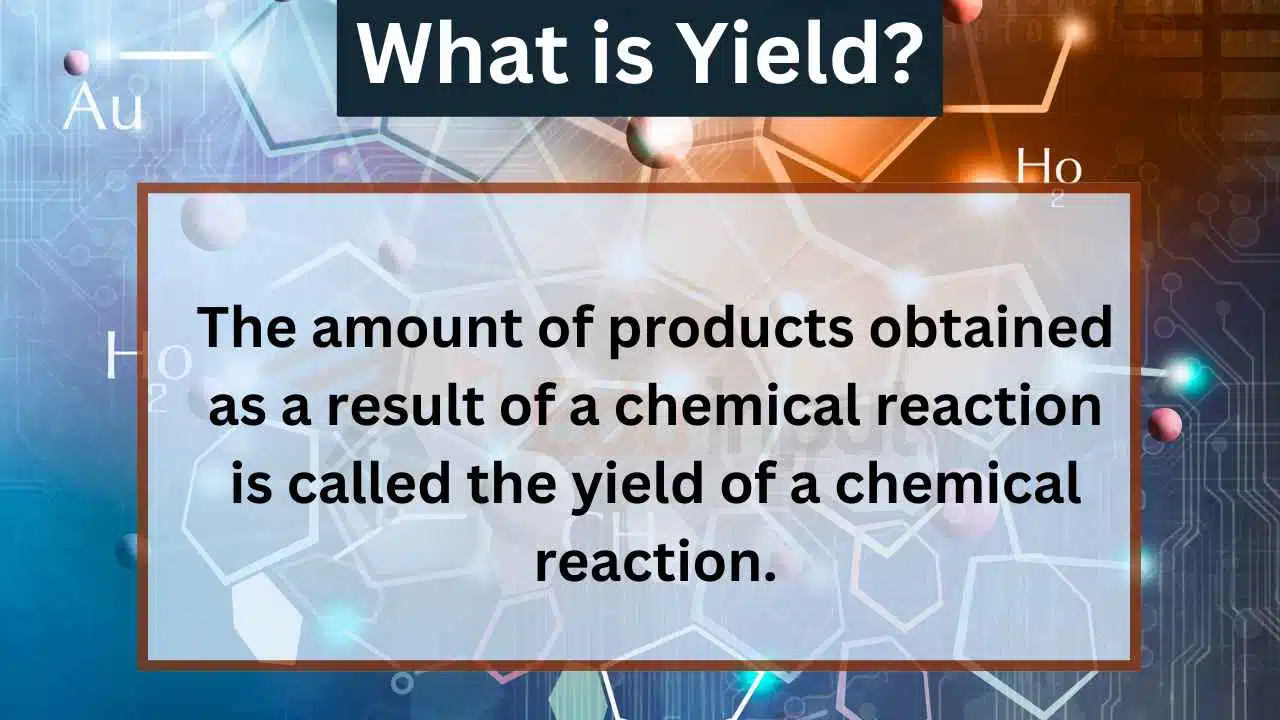What is Empirical Formula? Steps For Determination
What is Empirical Formula?
The empirical formula of a compound is the simplest whole number ratio of each type of atom in a compound. It can be calculated from information about the mass of each element in a compound or from the percentage composition. You can use this Empirical Calculator to determine the empirical formula easily.
Visually, the empirical formula looks similar to the molecular formula, which gives the number of atoms in a single molecule of a compound. A compound’s empirical formula can end up being the same as its molecular formula, but this doesn’t always happen.
For example
Empirical formula of C6H12O6 is CH2O.
Empirical formula of C6H6 is CH.
Steps for Determination of Empirical Formula
The steps for determining the empirical formula of a compound are as follows:
Step 1: Determination of the percentage composition.
Step 2: Determine the number of gram atoms of each element. For this purpose divide the mass of each element (% of an element) by its atomic mass.
Step 3: Determination of the atomic ratio of each element. To get this, divide the number of moles of each element (gram atom) by the smallest number of moles.
Step 4: If the atomic ratio is a simple whole number, it gives the empirical formula. Otherwise, multiply with a suitable digit to get the whole number atomic ratio.
Solved example
Ascorbic acid (vitamin C) contains 40.92% carbon, 4.58% hydrogen, and 54.5% oxygen by mass. What is the empirical formula of ascorbic acid?
Solution
From the percentage of these elements, we believe that in 100 grams of ascorbic acid, there are 40.92 grams of carbon, 4.58 grams of hydrogen, and 54.5 grams of oxygen.
Divide these masses of the elements (or percentage) by their atomic masses to get the number of gram atoms.
Number of gram atoms of carbon = 40.92/12.0 gmol– = 3.41
Number of gram atoms of hydrogen = 4.58/1.008 gmol– = 4.54
Number of gram atoms of oxygen = 54.5/16 gmol– = 3.406
The atomic ratio is obtained by dividing the gram atoms by 3.406. which is the smallest number.
C:H:O = 3.41/3.406 : 4.54/3.406 : 3.406/3.406
C:H:O = 1 :3:1
To convert them into whole numbers, multiply by three
C:H:O = 3(1 :3:1) = 3:4:3 This whole number ratio gives us the subscripts for the empirical formula of the ascorbic acid i.e., C3H4O3
Uses of Empirical Formula
Here are the top 5 uses of empirical formulas in chemistry.
1. For predicting the properties of substances
One of the most important uses of empirical formulas in chemistry is to predict the properties of chemicals.
For example, it is possible to know the melting point of a particular compound by knowing its empirical formula.
As we know some compounds are very toxic, poisonous, and volatile, and they need to be handled with extra caution. So, the empirical formula helps the chemist to understand the properties of such substances, and thus, it is possible to identify these substances and thus, the toxic ones.
2. To design new molecules
It is possible to know the structure of a molecule by knowing its empirical formula. For example, it is possible to know the structure of a particular compound by knowing its empirical formula. This is because the empirical formula tells us how many atoms are present in the compound.
3. To distinguish different kinds of materials
Chemists and researchers use empirical formulas to identify different materials. For example, it is possible to know that the material called ‘calcium oxide’ is composed of calcium and oxygen. By knowing the empirical formula, it is possible to know that it is an oxide of calcium.
4. In organic synthesis
In organic synthesis, the empirical formula is used to predict the structure of a compound. It is possible to predict the structure of a compound by knowing the empirical formula.
5. In inorganic chemistry
In inorganic chemistry, the empirical formula is used to understand the structure of the compound.
Faqs
Why empirical formula is important?
Empirical formulas are useful because knowing the relative amount of every element in a molecule can be extremely helpful for determining the molecular formula. In order to determine the true number of each atom in a molecule, it is important to obtain an n-value.
Why do we use empirical formula?
Empirical formulas represent the simplest notational form. They provide the lowest ratio of whole numbers between the compound elements. They will not have information on the total number of atoms in a single compound molecule, as opposed to molecular formulae.
What is the formula for empirical formula?
Using the molar mass from the periodic table, convert the mass of each element to moles. Divide each mole value by the smallest calculated number of moles. Round to complete the number nearest. This is the mole ratio of the elements and is represented in the empirical formula by subscriptions.




Leave a Reply